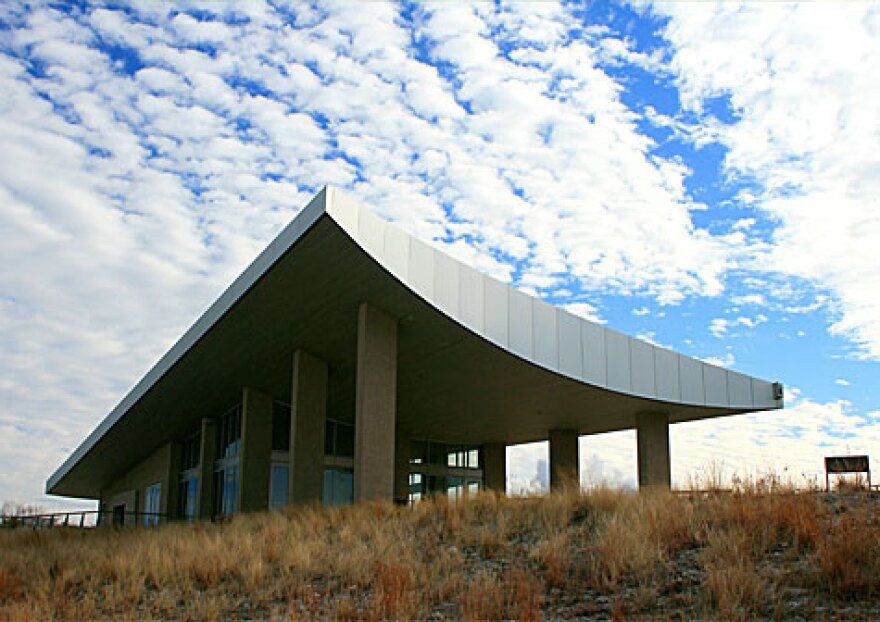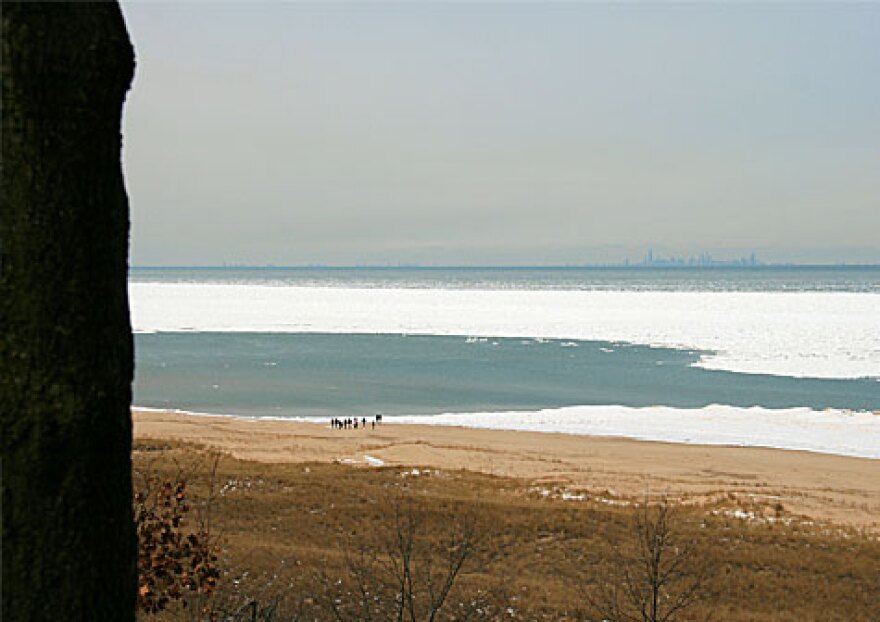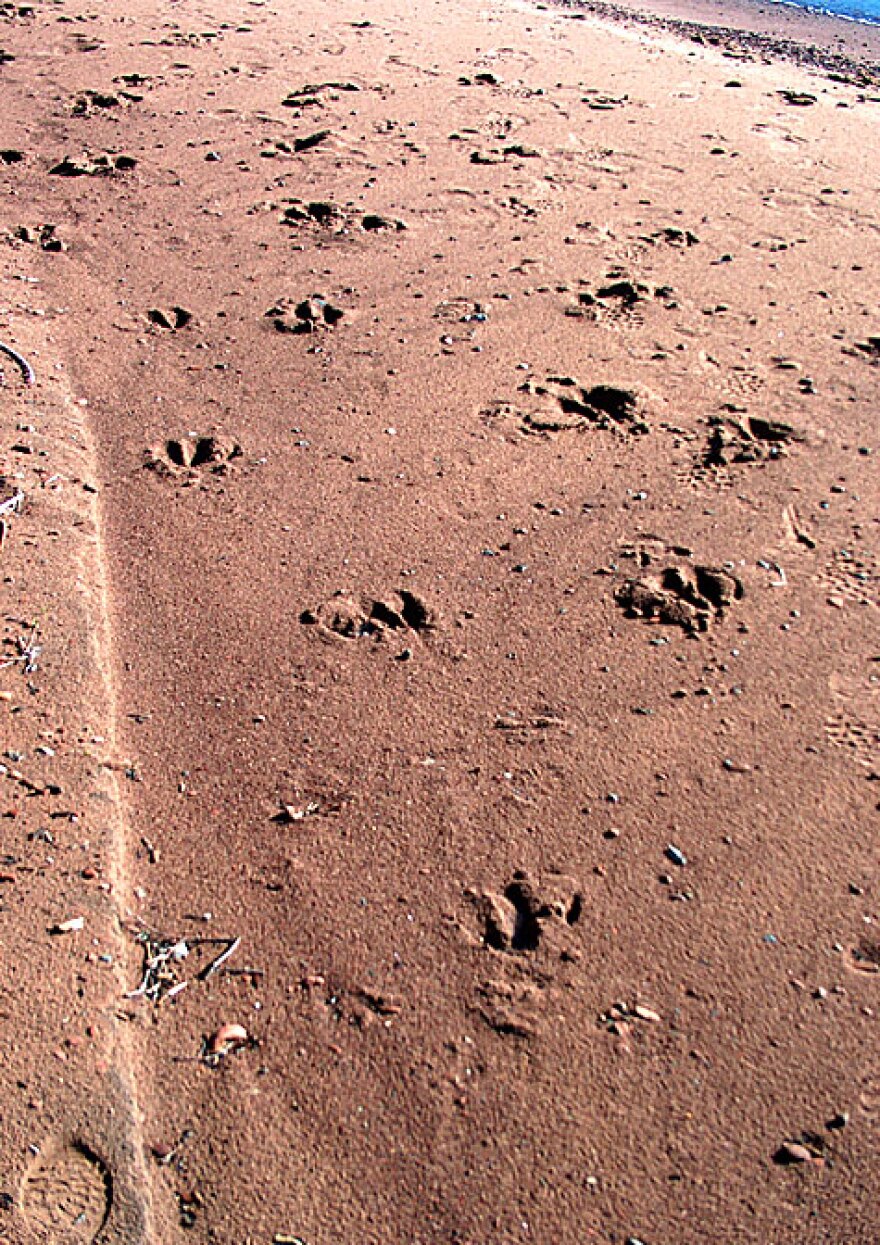Though Illinois is not famous for its mountains, it has other pleasures. As a westerner turned midwesterner, I decided to bloom where I’m planted. I’ve learned to appreciate both the Great Lakes and the prairies. Although Illinois does not have a nonhistoric national park, neighboring states with natural national parks surround it. All of these are national parks, though the names sometimes sound otherwise — national lake shores, national monuments and the like.

One of the most remarkable sites is Indiana Dunes National Lakeshore. Though most people think of the dunes as a beach for summer relaxation, it’s remarkable for its biodiversity. After the Grand Canyon and the Great Smoky Mountains, Indiana

Dunes is home to more plant species than any other national park. My favorite trail, the Cowles Bog Trail, shows off that biodiversity well.
The trail is named after one of Indiana Dunes’ strong Chicago connections. University of Chicago botanist Henry Chandler Cowles developed the ecological theory of community succession here. Cowles saw that natural communities change as you go back from the water, from sand to marram grass to shrubs and then oak and other trees. He realized that the dunes present in space a process of ecological change in time, as each community changes the conditions and makes way for its own succession by a different ecological community.

Cowles became an early advocate of making the dunes a national park. U.S. Sen. Paul Douglas of Illinois led the congressional effort to make it a national park in 1966, against the will of many Indiana politicians. Many of the park’s visitors are day-trippers from Chicago, making Indiana Dunes virtually a national park for Chicago.

The Great Lakes have three other national lake shores, Pictured Rocks and Sleeping Bear Dunes in Michigan and Apostle Islands in Wisconsin. Each has distinctive flowers and plants, and Apostle Islands and Pictured Rocks even have black bears. Each national lake shore has some high-use areas near the parking lots, some fairly wild back country and excellent boating opportunities. My personal favorite is the trail above Pictured Rocks, atop a high cliff looking out over Lake Superior.

Kids enjoy climbing Sleeping Bear Dunes and then either running or rolling back down. After that, another example of dune succession emerges on a walk to Lake Michigan. Sleeping Bear Dunes has similar processes at work as Indiana Dunes, but it looks different. The Dune Trail is more dune and a younger forest, with less evidence of wetlands behind the dunes.
Beautiful as the national lakeshores are, the crown jewel of the Midwest’s national parks is Isle Royale National Park. This island in Lake Superior is part of Michigan but off the coast of Minnesota. It preserves the great North Woods as the mythical Paul Bunyan once saw them and is famous for its wolves and moose.

Isle Royale is a backpacker’s park. Surveys of backpackers regularly rank it third or fourth among the national parks, after Alaska’s Denali, Washington’s Mount Rainier, and about equal to Montana’s Glacier. That’s remarkable praise for a national park that doesn’t have snow-capped mountains, crystalline mountain lakes, knife-edge arêtes or spectacular vistas. Its pleasures are more intimate — a wildflower in a forest clearing, trailside blueberries and thimbleberries or camping on a quiet wilderness lake in the woods.

Seeing moose is common, as is hearing the howl of a wolf. One of my favorite national park memories was hearing a wolf pack and moose in the middle of the night at Siskiwit Bay on the southwest side of Isle Royale. The next morning, we saw fresh wolf tracks and moose prints mixed together on the beach. As far as we could tell, the moose won this round.

Rock Harbor at the northeast end of the island can be explored by kayak because there are miles of sheltered coastline.

Away from the lakes, the rivers and prairies of the Midwest also have much to offer. Iowa’s Effigy Mounds National Monument may come as a pleasant surprise. It’s preserved for its prehistoric mounds built in the shape of bears, birds, turtles and other animals. However, it lies at the heart of a huge preserved area at the intersection of Illinois, Iowa, Michigan and Wisconsin. This region was once proposed as a “Mississippi National Park” for its bluffs, rivers, forests and other natural beauty. It became a national monument, a national wildlife refuge, state parks and conservation areas.

Seeing the mounds requires a short but steep hike to the top of the bluffs. A hike along the bluffs offers great views of the Mississippi River. Great bird watching opportunities arise along the way, especially in spring as the bald eagles arrive. Prairie du Chien, Wis., makes a great base to explore Effigy Mounds and the wider region.

Like Effigy Mounds, Ozark National Scenic Riverways in southern Missouri is a small national park unit that lies at the heart of a wider region. In the summer it attracts canoeists who float down the Current and Jacks Fork rivers.

Horseback riding along the trail is also popular. The region holds more freshwater springs than anywhere else in the country, making for lots of swimming holes, too.

Winding through the region, the Ozark Trail stretches for more than 200 miles. I’ve covered about 60 miles of it in weekend-long sections, but you can also break it into day hikes. There are short hikes intersecting the Ozark Trail that go to historic mills, waterfalls, cave entrances, mountains and “shut-ins” — the local term for places where a river widens into a pool.
It would be a mistake to overlook these treasures because their names may not sound like national parks.
Robert Pahre is political science professor at the University of Illinois Urbana-Champaign. He teaches and writes on the national parks and the environment.







